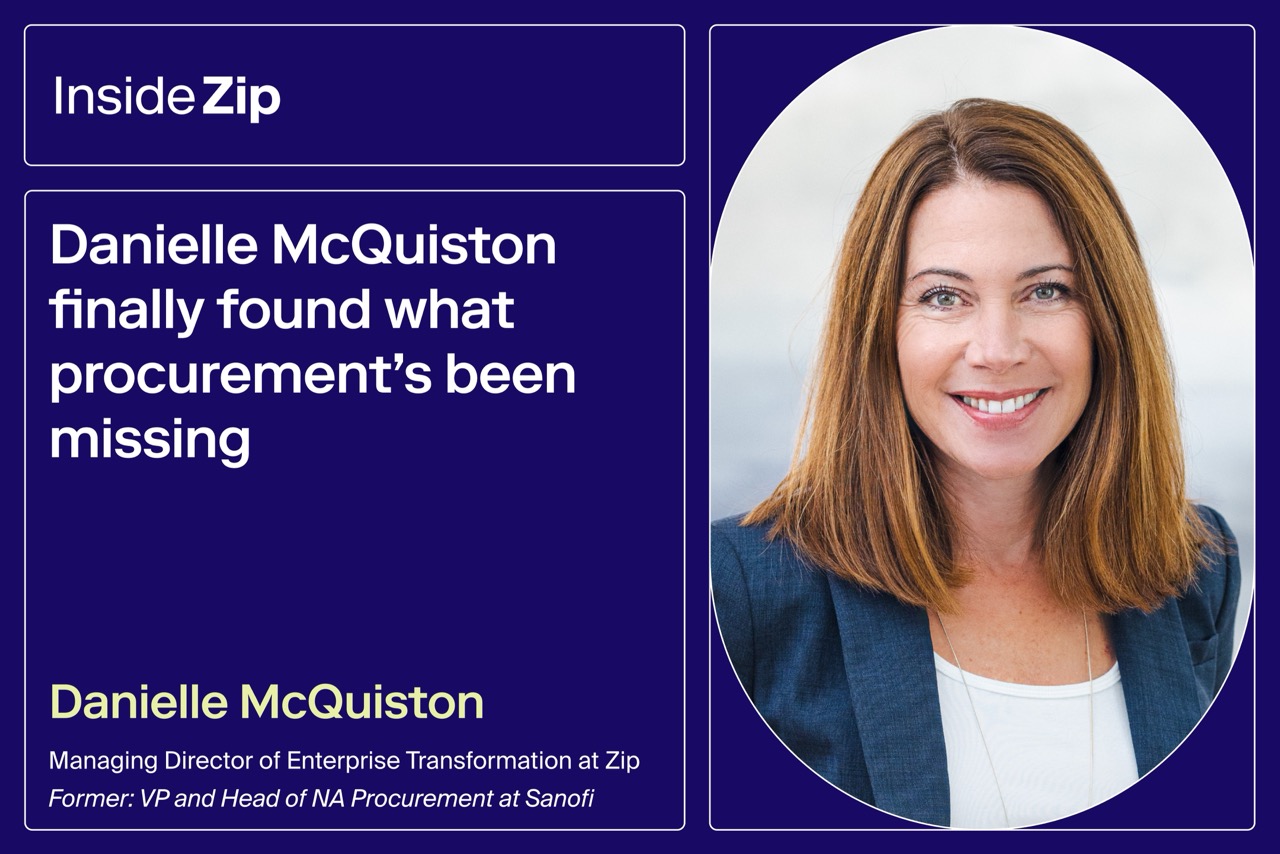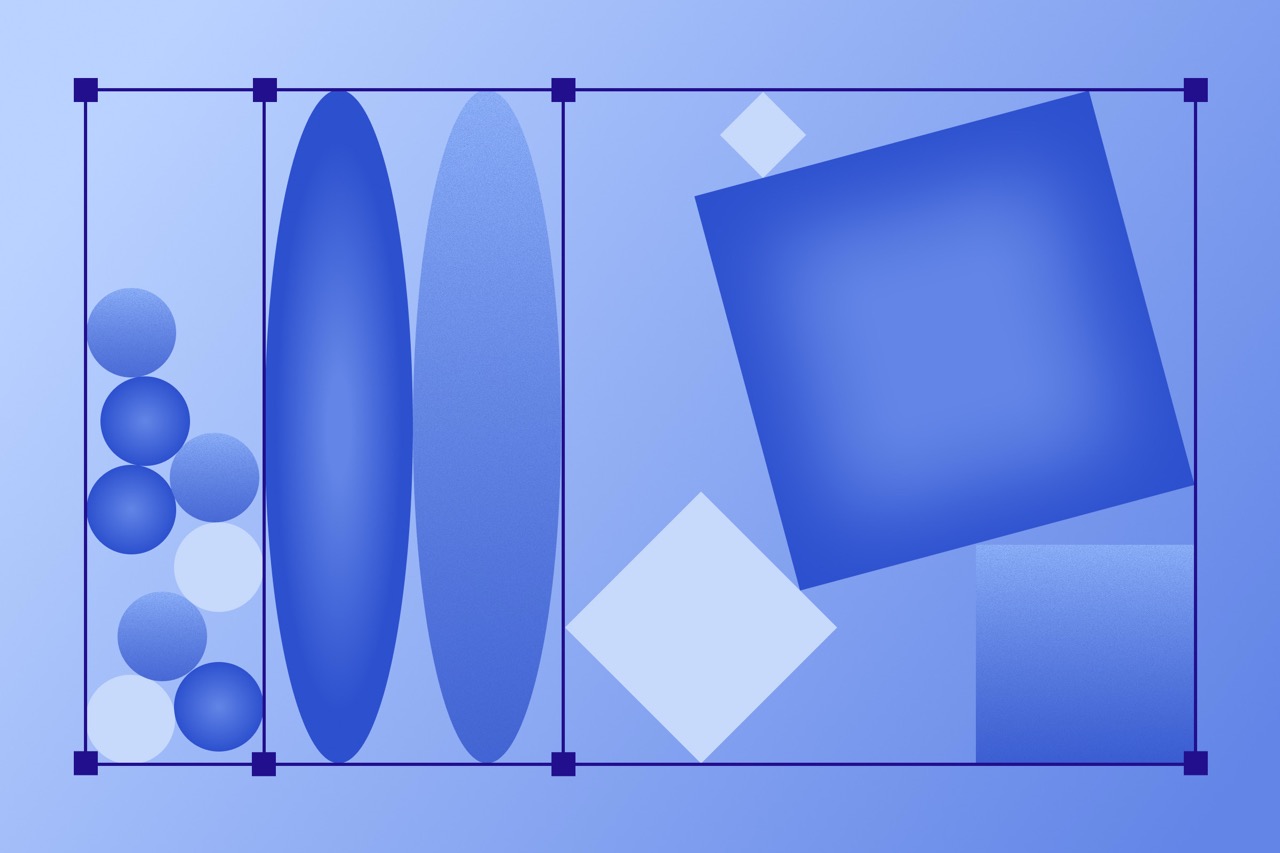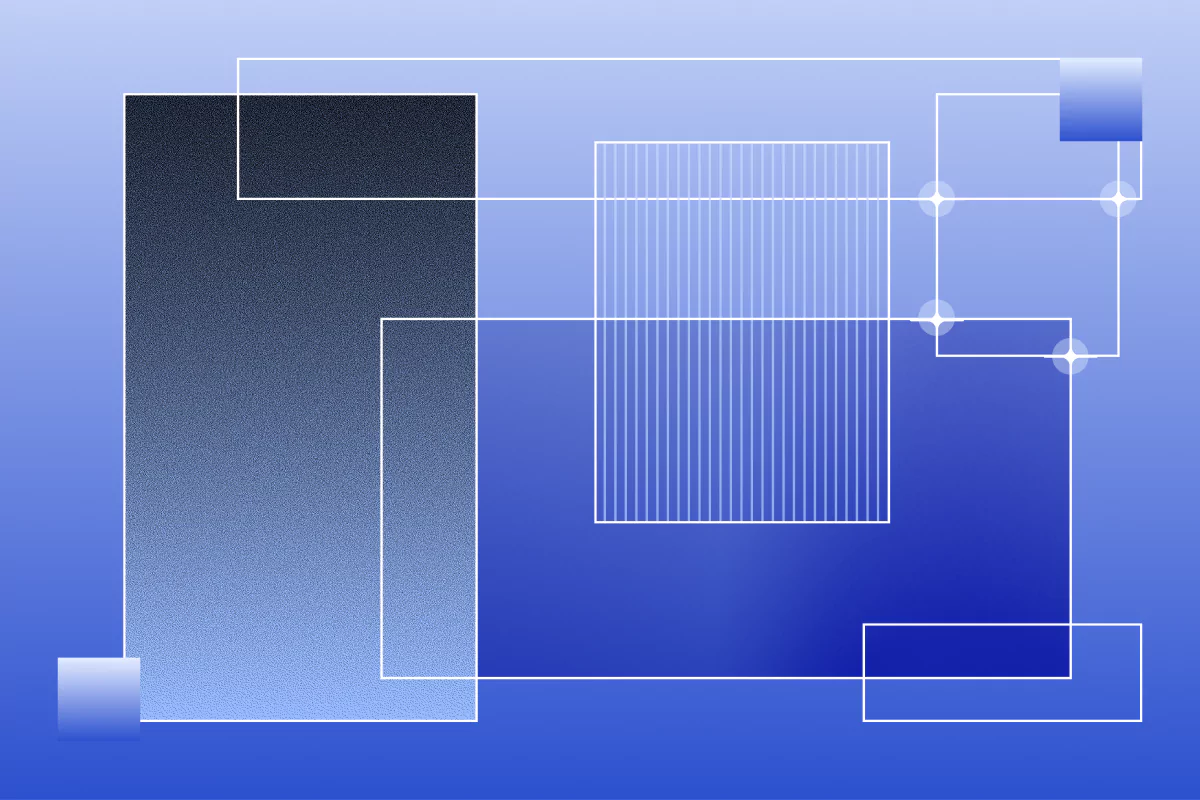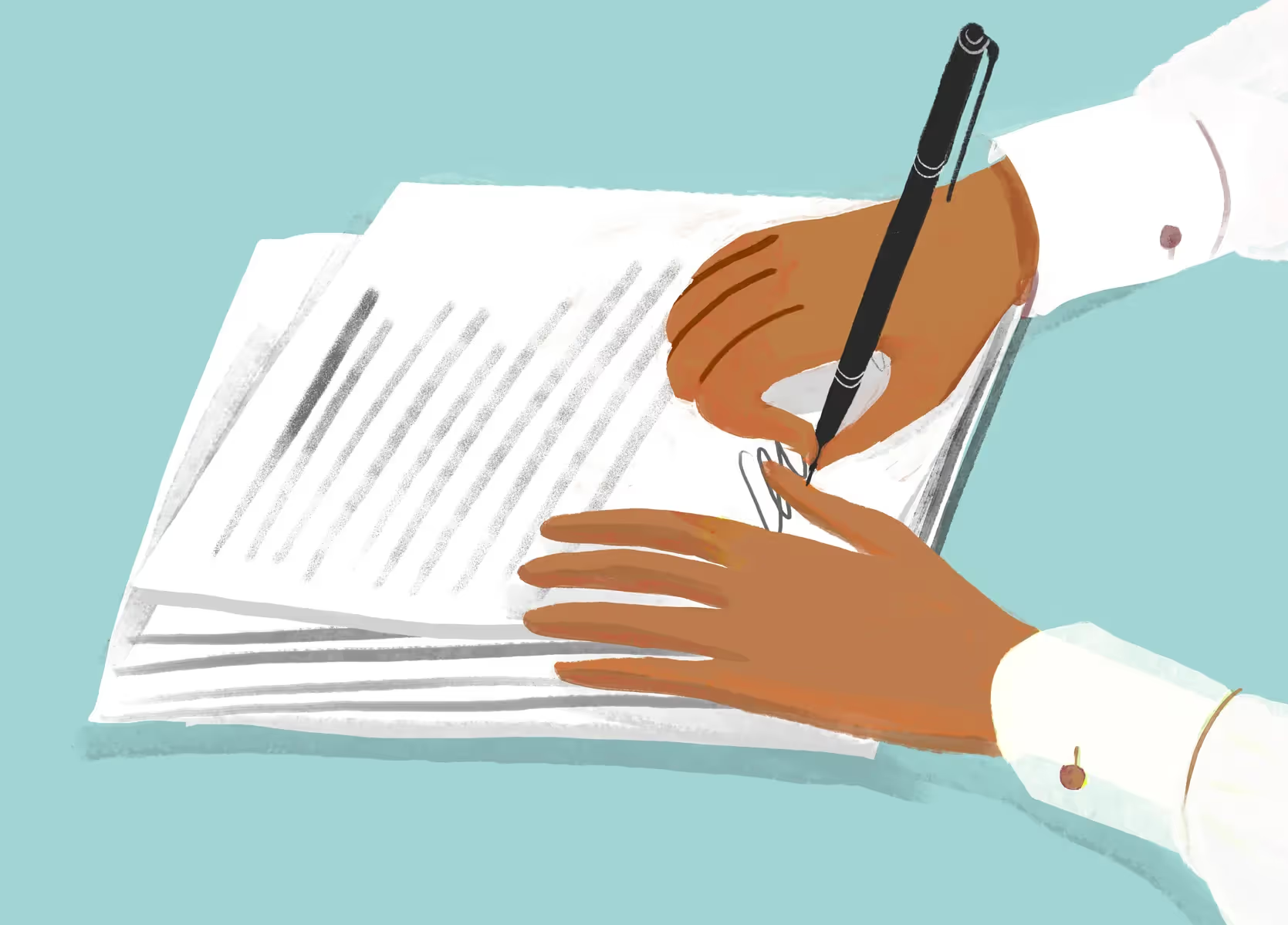
The procure-to-pay (P2P) process: A step-by-step guide
Find out how automation can accelerate the end-to-end P2P process.

The procure-to-pay process (P2P) is the backbone of efficient procurement operations, yet it’s sometimes overlooked until something goes wrong, like a delayed purchase order that leads to missed deadlines or an unmatched invoice causing payment delays that strain supplier relationships.
But, when done right, the procurement process can drive cost savings, operational efficiency, and stronger supplier relationships.
Each stage of P2P plays a critical role in helping your organization run smoothly. In this post, you’ll learn the nine key steps of the procure-to-pay process and some tips to overcome common challenges.
What is a procure-to-pay process?
The procure-to-pay process is the end-to-end workflow organizations used to purchase goods and services. It starts when an employee, department, or procurement team identifies a need and ends when the corresponding invoice is paid.
A well-structured procure-to-pay cycle includes key stages like requisition creation, approval workflows, purchase order (PO) generation, receipt of goods or services, compliance, and vendor payment. Depending on the situation, there may be more or fewer stages, and procurement leaders manage them end-to-end.
9 steps of the procure-to-pay process

The P2P process consists of a series of interconnected steps designed to facilitate effective procurement of goods and services. Let’s break down each phase of the purchasing process to help you understand what’s involved.
1. Need identification
Procure-to-pay starts with identifying a need. Whether that be an employee, a department manager, or a procurement professional—someone has determined that a project, campaign, contract, or some other initiative requires goods or services to move forward.
2. Requisition creation
Once a need is identified, a purchase requisition, or a formal request for a purchase, is created. This document includes details like the item name, quantity, price, supplier, and desired delivery date. While some organizations handle this manually, modern procurement tools can automate and streamline requisition creation.
3. Requisition approval
The requisition then moves through an approval workflow, where procurement supervisors or managers evaluate the request based on factors like budget availability, urgency, and compliance with company policies. Automated procure-to-pay solutions can speed up this step by predefining parameters, helping to avoid bottlenecks that often occur when doing this step manually.
4. Purchase order issuance
Once the requisition is approved, a purchase order (PO) is generated. This is a formal document that confirms and authorizes the order with the supplier. The PO contains the same information as the requisition, plus the terms and conditions of the purchase.
A PO legally binds the vendor and the buyer to the terms outlined in the document.
5. Goods or services receipt
Once the supplier delivers the goods or services, the receiving team inspects them for quality, quantity, and adherence to the PO. Any discrepancies should be resolved before proceeding to the following steps.
6. Invoice receiving
The vendor then sends an invoice to the buyer. The invoice can be received by mail, email, electronic portal, EDI, or XML. The invoice confirms the PO number, the invoice number, the invoice date, the supplier details, the item details, the final purchase price, and the payment terms.
7. Monitor supplier performance
Before approving the invoice, it’s important to evaluate the supplier’s performance. You should assess the quality of the deliverables, whether they were delivered on time, and other metrics that may affect your operations. Monitoring supplier performance lets you know which suppliers are reliable and helps identify areas for improvement.
8. Invoice approval (aka the three-way match)
The invoice undergoes a three-way match, where it’s compared to the PO and the goods receipt note (GRN). This step ensures the invoice details align with what was ordered and received, reducing the risk of errors or fraud.
9. Vendor payment
After a successful three-way match, the accounts payable department processes the vendor payment. The payment method, whether it be through electronic funds transfer, credit, or check, is executed according to the terms set out in the PO and invoice.
If there are inaccuracies, the invoice may be rejected and sent back to the vendor with information about the discrepancies.
Procure-to-pay best practices
To get the most out of your P2P process, it’s helpful to implement the following best practices:
- Centralize procurement processes: Use a single platform to manage requisitions, POs, invoices, and payments for better visibility and control.
- Standardize workflows: Create clear approval rules and routing logic to improve consistency and efficiency.
- Leverage automation: Implement tools that automate repetitive tasks to reduce errors and speed up cycle times.
- Track and analyze data: Continuously monitor procurement metrics to identify opportunities for improvement.
- Build strong supplier relationships: Negotiate favorable terms and maintain open communication with vendors.
Common procure-to-pay process challenges
P2P is not without its challenges, especially in today’s fast-paced and ever-evolving business environment. Here are some of the most common challenges of P2P:
Siloed data and tooling
Using multiple, disconnected systems can lead to inconsistent data and inefficiencies.
Solution: A centralized procurement platform prevents many of these issues by providing a single source of truth.
Compliance with policies and regulations
Keeping up with evolving internal and external regulations can lead to complexities in procurement processes.
Solution: Leveraging automated workflows and built-in compliance checks within procurement software ensures adherence to evolving regulations while reducing manual effort and risk.
Supplier onboarding and management
Companies are increasingly working with a larger and more diverse supplier base, which requires effective onboarding and management.
Solution: Adopting an AI-powered vendor management system simplifies supplier onboarding, contract negotiation, performance monitoring, and issue resolution, saving time and improving efficiency.
Spend visibility and analysis
Without clear visibility into spending, it’s hard to identify savings opportunities.
Solution: Procurement software with advanced analytics capabilities provides real-time spend visibility, enabling organizations to identify cost-saving opportunities and make informed, data-driven decisions.
5 ways procure-to-pay automation software improves efficiency
Manual P2P processes simply can’t keep up with all of the activities a procurement team needs to manage because they demand efficiency with minimal errors. Here, we explore how automation streamlines workflows and maximizes your procurement department’s impact.
1. Standardizes procure-to-pay workflows
Automation software allows you to establish standardized workflows for your P2P process. This means setting clear approval rules, routing logic, and exception handling, ensuring consistency, compliance, and increased efficiency in all areas of your procurement process.
2. Enhances visibility and workflow analysis
Automation software consolidates all your workflows into a single platform, giving you a clear view of requisitions, POs, invoices, payments, and supplier information. This comprehensive oversight enables you to identify bottlenecks, track progress, and make better decisions based on quality information.
3. Effectively manages documents
With process automation, data and documents are transferred seamlessly between different stages of the P2P cycle. This reduces misplaced or lost documents, leading to a more streamlined, efficient, and faster procurement cycle.
4. Improves vendor onboarding
Great supplier relationships start with efficient vendor onboarding. By implementing automation software, you have a centralized system for all vendor data, including documents, assessments, risk scores, payments, and spend data. This single platform simplifies onboarding, strengthens relationships, and has a communication platform for better collaboration.
5. Integrates seamlessly
Last but not least, automation can help you integrate your P2P process with your other systems and tools, such as your ERP, CRM, and other accounting software. Quickly connect your existing tech stack and let your stakeholders evaluate requests and work within their preferred tools.
Your teams will find that these powerful automation features help scale your business without disrupting the employee experience.
How to start an automated procure-to-pay process
Implementing an automated procure-to-pay process is key to driving efficiency, reducing costs, and improving compliance. Here at Zip, we offer a consolidated Intake-to-Pay solution that can help you transform your P2P process and take it to the next level.
Zip is designed to handle this complexity. Whether you are procuring goods, services, or anything in between, our system is flexible and scalable enough to meet your needs. Book a demo today and let us show you the future of procurement with Zip.

Maximize the ROI of your business spend

Enter your business email to keep reading



























.webp)




















.avif)













.avif)









.webp)





.avif)












.avif)
